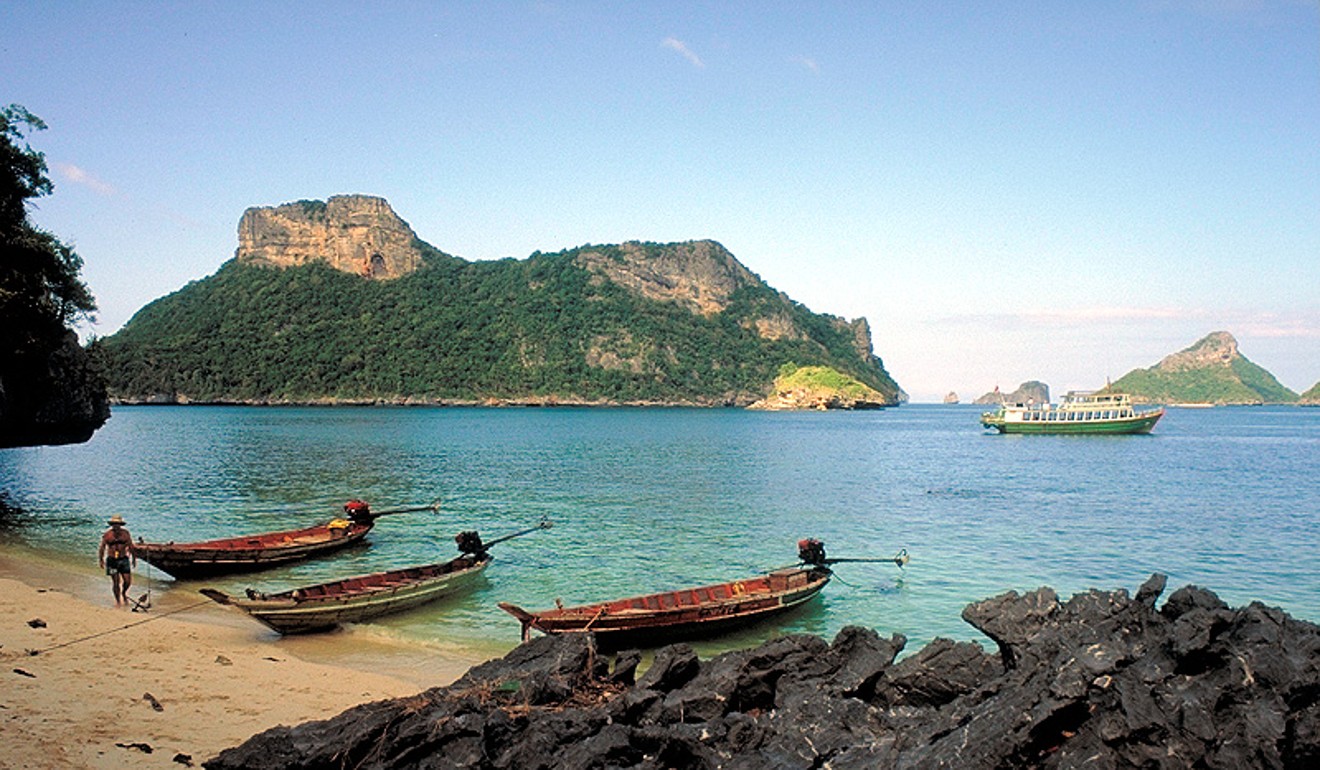
Explore your wild side in 10 of Southeast Asia’s national parks
From Kimodo to Taman Negara, the region’s national parks offer remarkable diversity
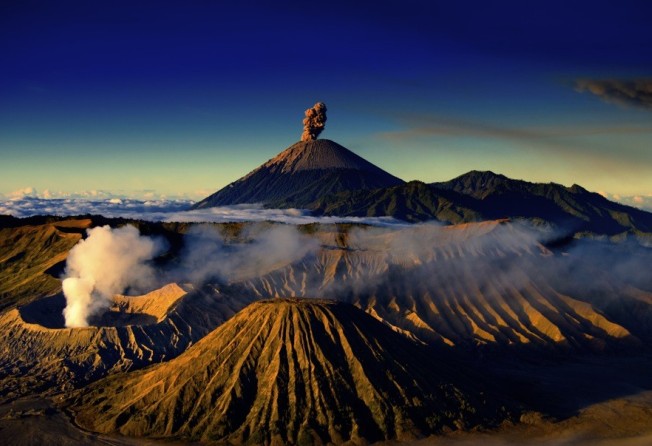
Whether you are looking for a quick day trip or wanting to go full Mowgli from The Jungle Book and live in the wild forever, Asia is home to some of the world’s most diverse national parks. If you love being in the thick of things, here are some that you should visit.
Ang Thong Marine Park, Thailand

Around 20km from Koh Samui, Ang Thong Marine Park is a pristine archipelago of 42 islands. The archipelago covers 102 square kilometres and features sheer limestone cliffs, hidden lagoons and peach-coloured sand. The islands of Ang Thong are said to be those that inspired Alex Garland’s novel, The Beach, which was later adapted into the film starring Leonardo DiCaprio.
Ang Thong means “Golden Basin” in Thai and local wildlife species include sea turtles, monkey and egrets.
Khao Sok National Park, Thailand

Khao Sok is the oldest and largest national park in Thailand at over 739 square kilometres. The park is home to one of the world’s oldest rainforests and the rare flowering, Rafflesia plant. Featuring lush jungles, mountain peaks and 48 species of known mammals including barking deer, Asian elephants, sun bears, gibbons and macaques, you will find all sorts of beauty in Khao Sok.
Khao Sok is in Surat Thani, and a few hours from Phuket.
Komodo National Park, Indonesia
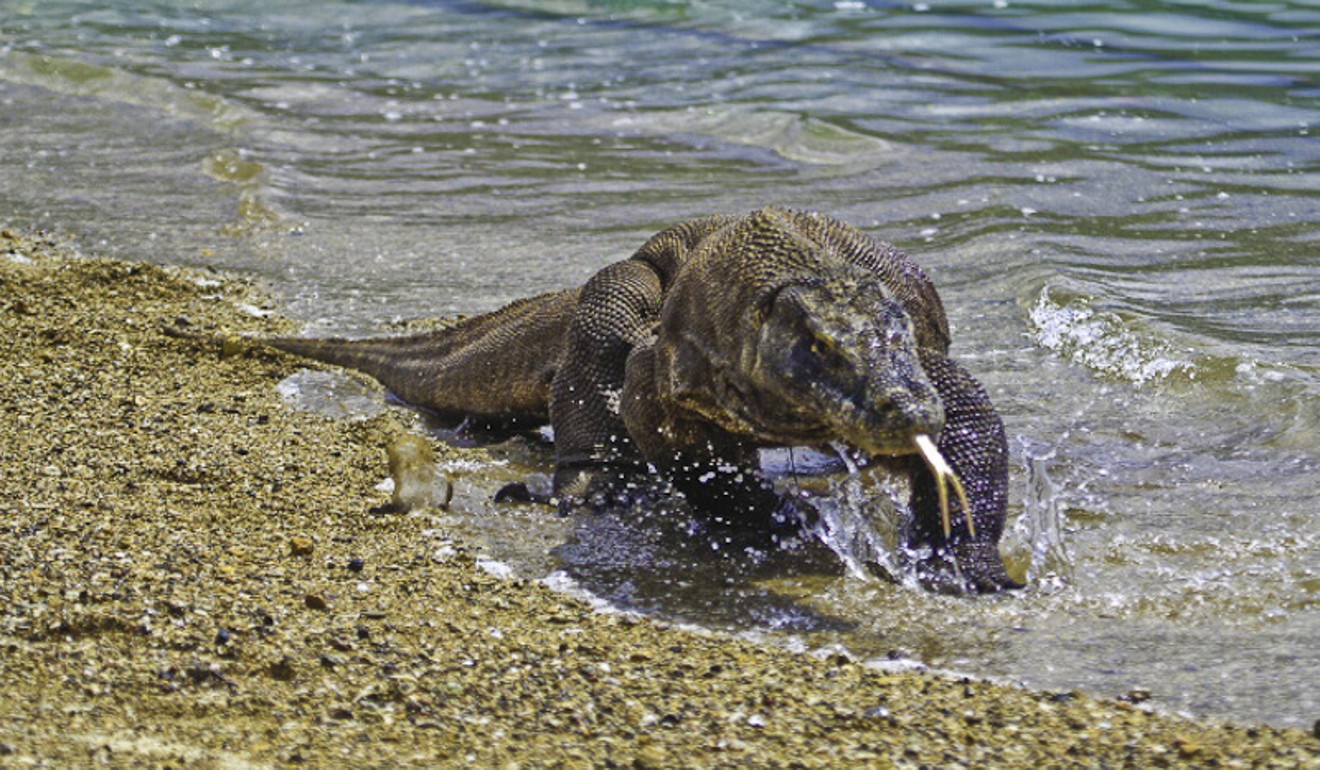
For real-life dragons, you should head to Komodo National Park, the home of the Komodo dragon – the world’s largest lizard. The Unesco World Heritage Site is over 1,700 square kilometres and encompasses the three volcanic islands of Komodo, Padar and Rinca, as well as 26 other islands and their surrounding waters.
It’s not just the dragons either; within the national park’s waters, you’ll find whale sharks and manta rays.
Bromo Tengger Semeru National Park, Indonesia
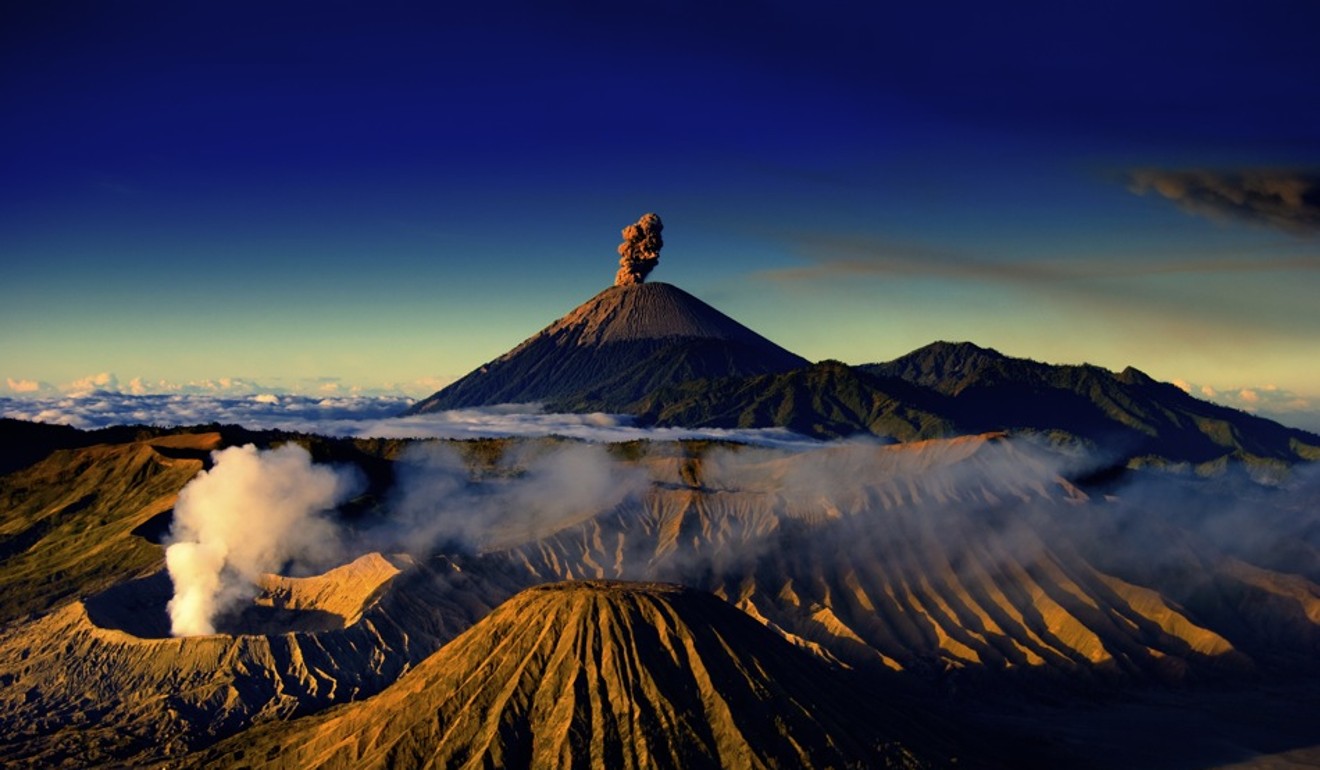
With the 2,329 metre-high Mount Bromo as its centrepiece and the 3,676 metre-high Mount Semeru, Bromo Tengger Semeru National Park covers 800 square kilometres of land. Mount Bromo will stun as the active volcano erupts, belching out huge clouds of smoke and steam. The park is the only conservation area in Indonesia that has a sand sea – the Tengger Sand Sea.
Beyond the mountains and sea of sand, there are green valleys and plenty of mammals like leopards, Java rusa deer, marbled cats and wild pigs.
Phong Nha-Ke Bang, Vietnam
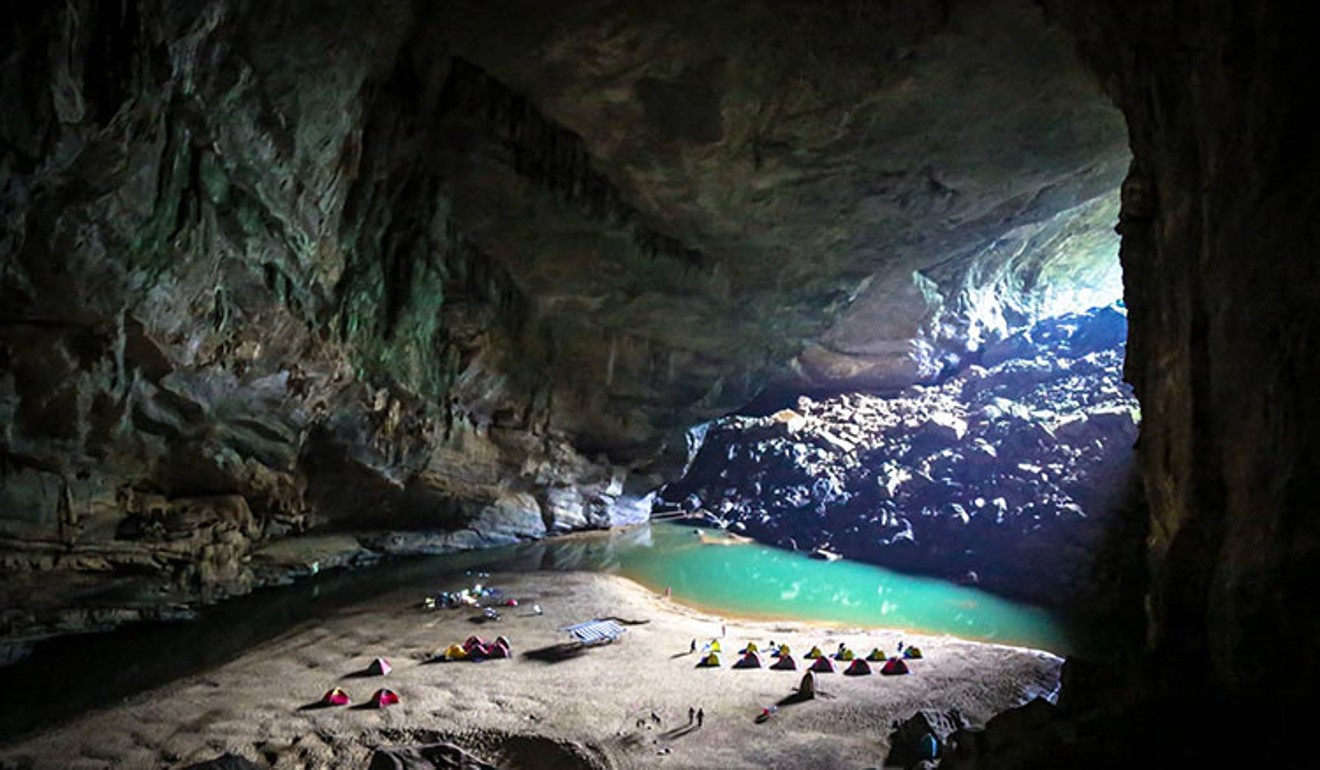
This 400 million-year-old system of karst mountains and mammoth caves was undiscovered until two decades ago. Covering an area of 900 square kilometres, this Unesco World Heritage spot is probably one of the best-preserved areas in Vietnam. Although you might love the gibbons and the lush greenery of the world above, it’s the miles of underground labyrinths beneath the limestone mountains that will captivate you.
The world’s largest cave, Hang Son Doong, can be found in Phong-Nha. This cave could fit an entire Manhattan city block inside it.
Taman Negara National Park, Malaysia

The world’s oldest rainforest, Taman Negara is over 4,000 square kilometres and encompasses all of Malaysia’s forest habitats. Here you’ll find everything from lowland rainforest to highland cloud forest. Along with having one of the world’s longest canopy walkways, within the national park, you’ll find tigers, Sumatran rhinos, gibbons, hornbills and eagles. There are tonnes of trails to explore the park, many of which wind through caves and around waterfalls.
Kinabalu National Park, Malaysia
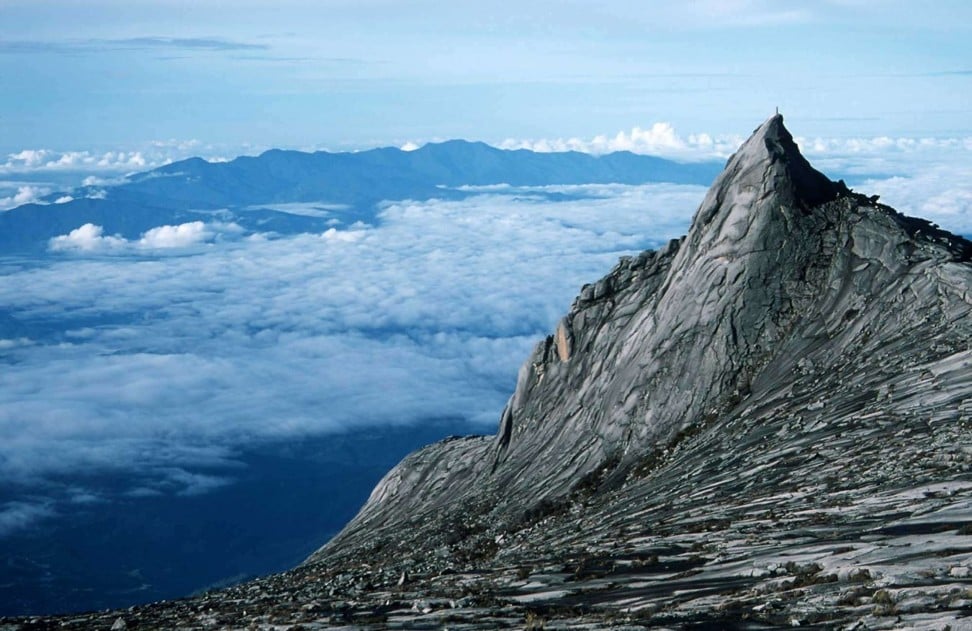
Kinabalu is Malaysia’s first Unesco World Heritage Site and one of the nation’s first national parks. Not only is the park home to the 4,095-metre high Mount Kinabalu, but to over 4,500 species of flora and fauna.
Beyond the climb, Kinabalu National Park is considered one of the world’s most important biological sites.
Gunung Mulu National Park, Borneo
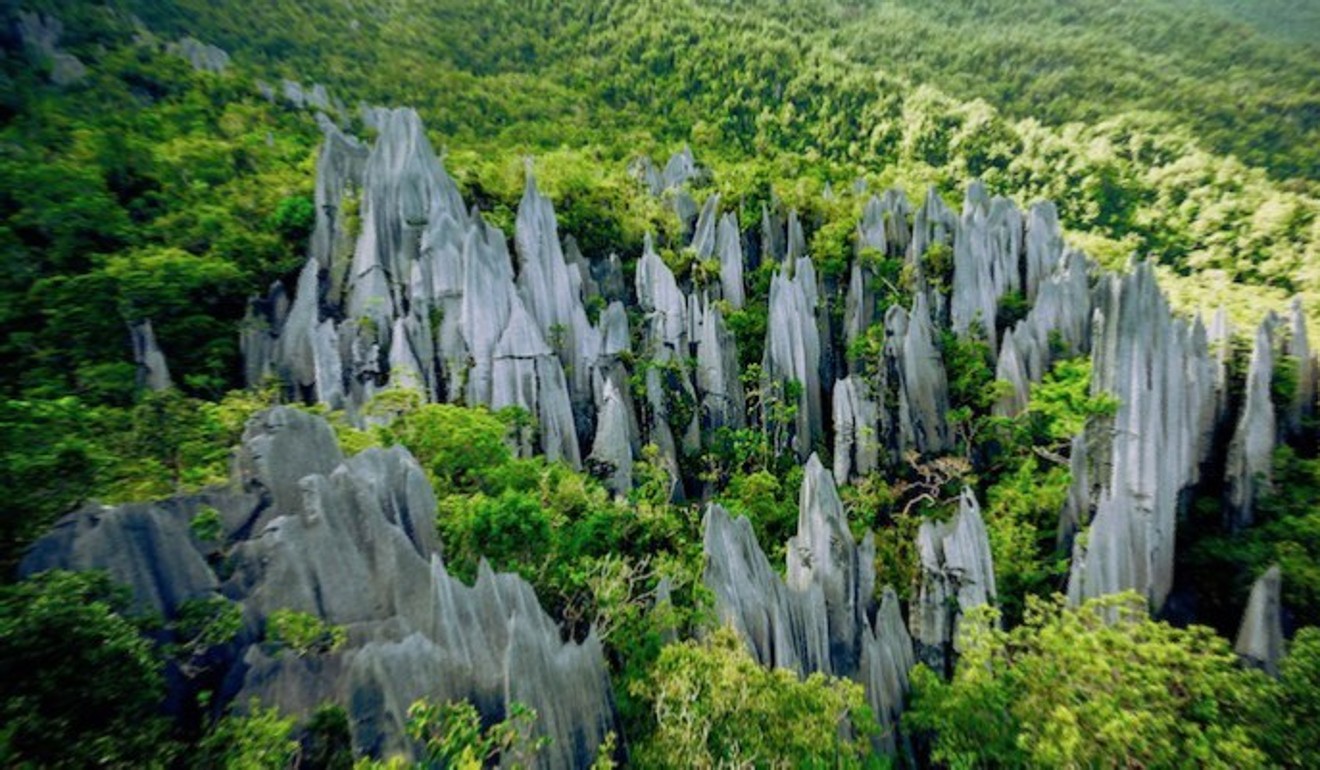
Made up of Mount Mulu, enormous caves, large karst formations, many cliffs and gorges, Gunung Mulu National Park is a Unesco World Heritage Site. Within the forest around Mount Mulu, you’ll find several species of hornbill and animals like the Malaysian sun bear.
The national park is remote, and the only way to reach it is by plane from Miri in Sarawak.
Bokor National Park, Cambodia
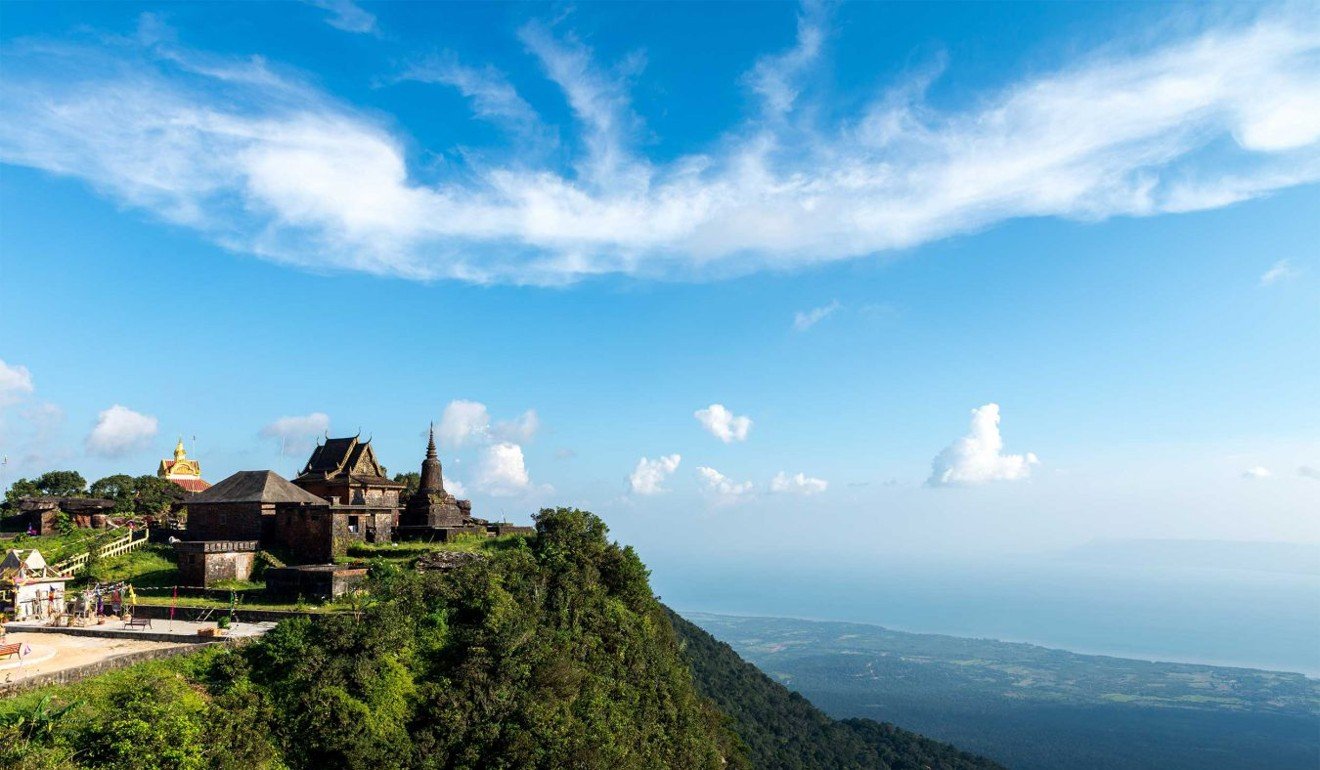
Established to protect Sri Lankan elephants and leopards, Bokor has been a wildlife sanctuary for over a century. It’s home to one of the world’s densest leopard populations.
Bokor is the place to go to see the ruins of the Black Palace, the Popokvil Waterfall, the Lok Yeay Mao Monument and the 100 Rice Fields.
Hundred Islands National Park, The Philippines

Consisting of 124 islands at low tide and 123 islands at high tide, and covering an area of 16.7 square kilometres, the islands of the Hundred Islands National Park are believed to be about two million years old.
This article originally appeared on Wanderluxe by The Luxe Nomad .